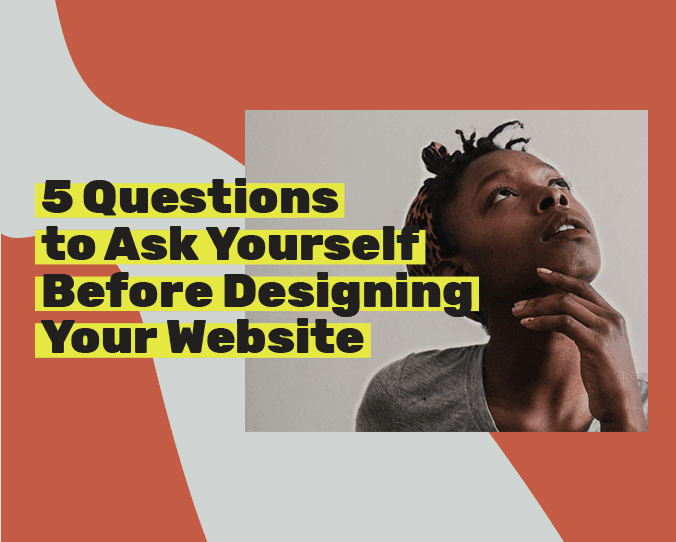Have you ever had one of those days where you were so focused on getting a project done that you forgot to worry about your basic needs? I had one of those a days once. I spent the day designing a website and totally forgot that I might want to eat that evening.
There was nothing in my fridge. There were just condiments and three bowls of leftovers. One of those bowls was yesterday’s Mac and Cheese. The other two had been there so long, I no longer knew what they were and I was afraid to look.
The pantry wasn’t much better. A bag of tortilla chips leaned against a stack of coffee filters. That’s when inspiration struck. I had beef in the freezer!
I could combine the beef and chips and make nachos! I didn’t have any cheese, but I did have leftover Mac and Cheese. I could use that! How could combining two amazing foods not make something even better.
I remember dumping the Mac on top of my nachos and saying, “Necessity is the mother of invention.” It was as if Gordon Ramsey was interviewing me about my resourcefulness.
My optimism didn’t last long. It was awful.
I should have eaten the coffee filters.
https://giphy.com/gifs/idiot-sandwich-3o85xnoIXebk3xYx4Q
Sometimes this is how we approach design. We think that if we just combine our favorite elements together, the outcome will have to be amazing! I’m here to warn you, that’s not the case.
Before you design anything, you’ll need a plan and you’ll need the right ingredients. So, here are 5 questions to ask yourself before you design anything.
1. Who is your audience?
We’ve talked about this before, in previous blogs, and we will talk about it again. When it comes to designing, marketing or doing ANYTHING online, you’ll need to know who you are targeting. Once you’ve figured that out, it will help guide all of your decisions. If you are having problems narrowing down exactly who you are targeting, you can get a FREE GUIDE HERE that will help you sort that out.
2. What are your goals?
Different goals require different design. Figure out your top two or three goals and then design in a such way that guides your audience toward the goal you want to accomplish. This will help you stay focused on the overall vision instead of getting bogged down in the minutiae. Remember that people need to be lead, but they are easily distracted; so keep it short and simple.
3. What makes you different?
It’s funny how for most of our lives we try to suppress what makes us different. There is no doubt that there IS something different about you, the only question is whether you are working to suppress it or embrace it.
Let’s be real. There are a million’s of podcasts out there. There are an incredible number of blogs out there. There are an uncountable number of bands out there. The best way to separate yourself from the pack is to be less like them and be more like you. This will help you stand out from the crowd and will give your audience an opportunity to connect with you.
For example, if kids used to call you “panda” because you had dark circles under your eyes, and somehow that followed you across the country and into adulthood, you might as well embrace it. People love pandas, just saying.
4. What does your audience want from you?
As we’ve discussed before. Your relationship with your audience is… a relationship. You want something from them. They want something from you. It’s pretty rare that you both want the same things from each other but if this is handled properly, you can both be happy.
For example, you’ll probably want them to sign up for your email list, but that might not be what they want from you. If you are clever, then you can structure your design in a way that offers them what they want in exchange for something you want.
5. What should I delegate? Should you even be doing this?
The way something looks is very important. Long before anyone reads what you have to say, they’ve already seen your photos, your font choices and they’ve begun to decide whether they connect with you or not. Making a good first impression is worth investing in. Once you have your vision established, it’s important to ask yourself honestly whether or not you can pass some of the responsibilities onto someone else.
When you are first starting out, it’s tempting to want to handle everything yourself. We don’t like other people having any input on our precious little project. We tell ourselves that we don’t know where to find good help or that we can’t afford it.
https://giphy.com/gifs/ceeN6U57leAhi
The truth is, you can’t afford to not get help. We don’t realize just how much money we lose when our designs are second rate or our branding is confusing. It might hurt a little to invest in these things in the beginning, but it is definitely worth it.

